The two most important contributors to the Tanzanian economy are the agriculture and natural resource sectors.
Agricultural production and the mining of natural resources have the ability to create thousands of dependable jobs. Take the recent discovery of natural gas reserves off the shores of Tanzania – this is an untapped energy source that, if facilitated properly, can provide thousands of jobs for skilled Tanzanian’s to provide reliable electricity to households across the nation. This energy boom has the potential to spread throughout the nation in the form of infrastructure projects, education improvements and health investments.
Scientists of every degree and field will be needed as the economy expands and slowly inches into the middle class. Ultimately, the reach of the agriculture and natural resource industries can expand into every sector, creating countless jobs. The opportunity is out there, waiting to be had. All we have to do is reach out and grab it. But where do we begin in getting qualified Tanzanians into these positions? The answer is simple: education.
Physics, chemistry, maths, ICT, biology – the sciences and technology are where we need to educate students, to foster within them a love for these subjects. This is precisely the goal of St Jude’s Annual science fair.
In a day filed with experiments, creative thinking and technological innovation, the St Jude’s Secondary Smith Campus hosted its 3rd Annual Science Fair with the mission to promote a love of science and technology through hands-on skills. This is an initiative of the school in general, to be a facilitator of learning and sharing of knowledge in Tanzania.
Over 700 students, staff, visiting schools and invited guests gathered to see over 60 unique science projects based upon seven different subjects: maths, biology, physics, chemistry, ICT, geography and art. Students offered a range of interesting and innovate presentations. Some of the standout projects included a homemade generator, a cooing system, a cutting and blending machine and use of local medicine.
St Jude’s new Senior A-Level science block, funded by donations from Global Immersion in Australia, was also officially opened. This new building will be home to the incoming Form 5 class, which recently finished 1st in the Arusha Region and 7th in the nation in the 2012 Form IV national exams. Students will focus their A-Level combinations on the sciences and maths, using these new labs to learn through practical, hands-on classroom experience.
We want to cultivate a science community that encompasses neighbouring schools, institutions and businesses. Visiting schools included Edmund Rice Secondary, Precious Blood Secondary, Moshono Secondary, Shepherd Secondary, Good Hope Orphanage School and Makiba Secondary School. Distinguished guests in attendance included representatives from Tanzania Heads of Secondary Schools Association (TAHOSA), Nelson Mandela University, Global Cycle Solutions and Kilimanjaro International Institute for Telecommunications, Electronics & Computers (KIITEC).
Only together can we convince the world that Tanzania is more than just Mount Kilimanjaro and a safari adventure, however spectacular they are. Lions and climbing will only carry the country so far. Maths and sciences will propel it to the next level.

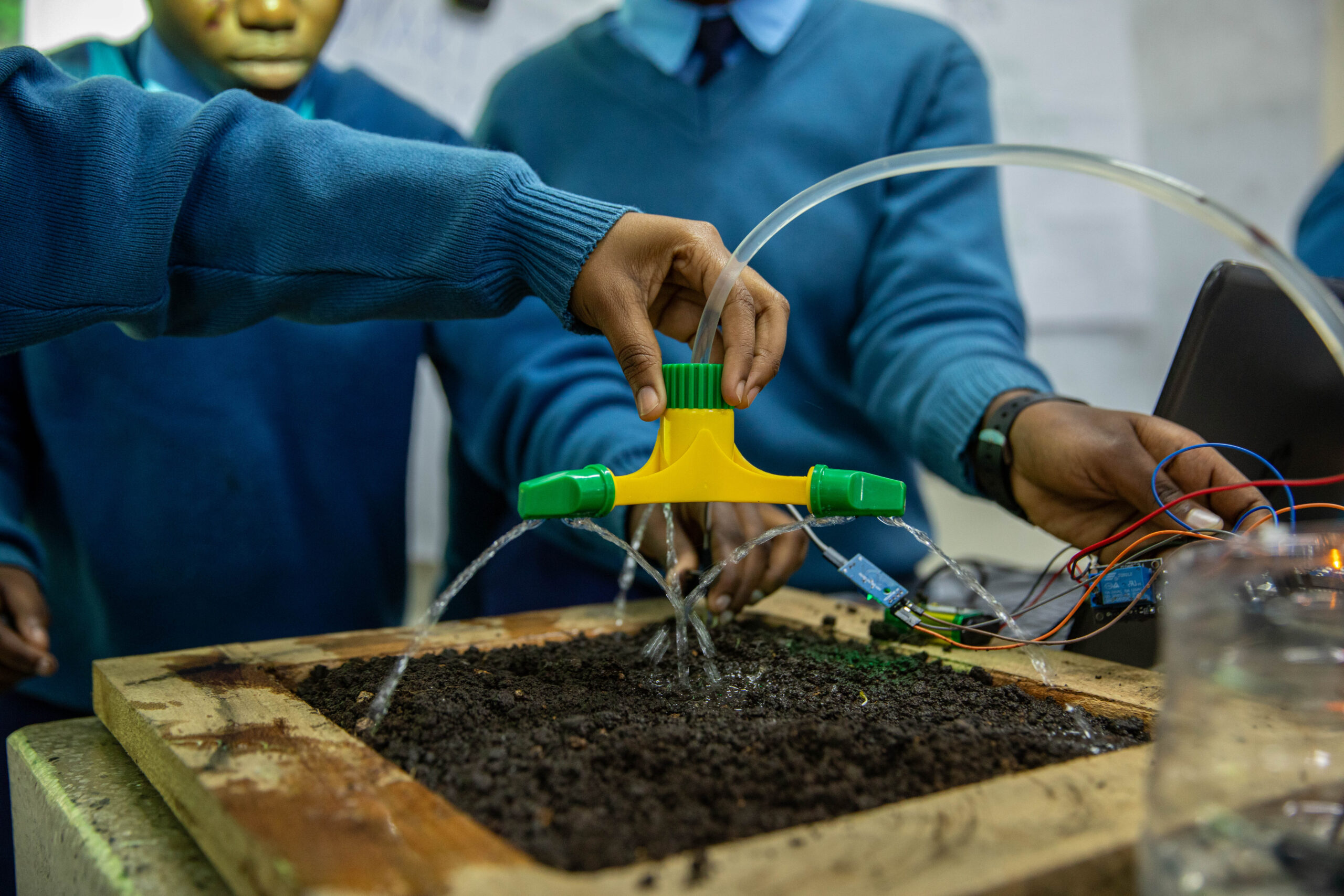
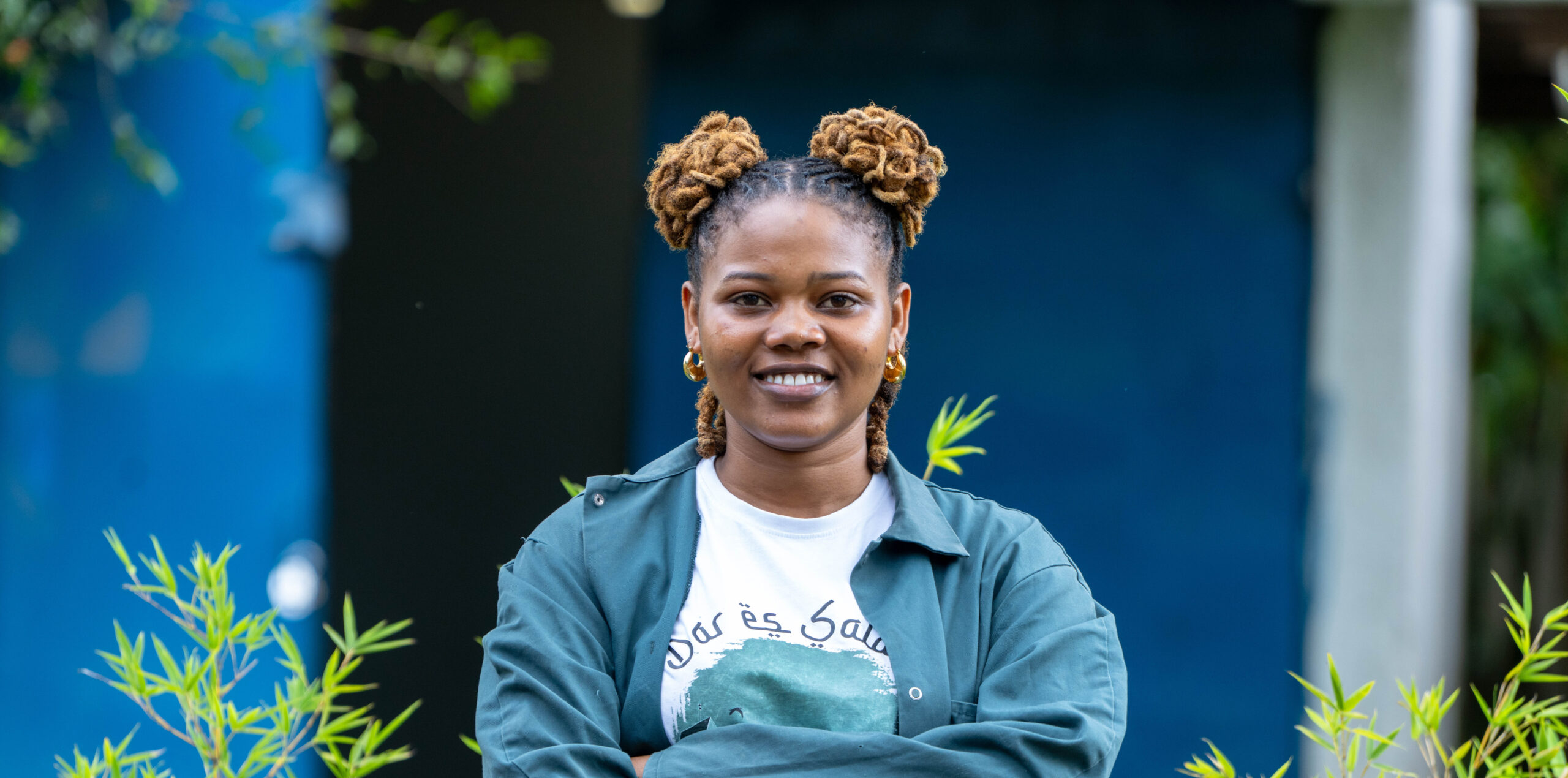
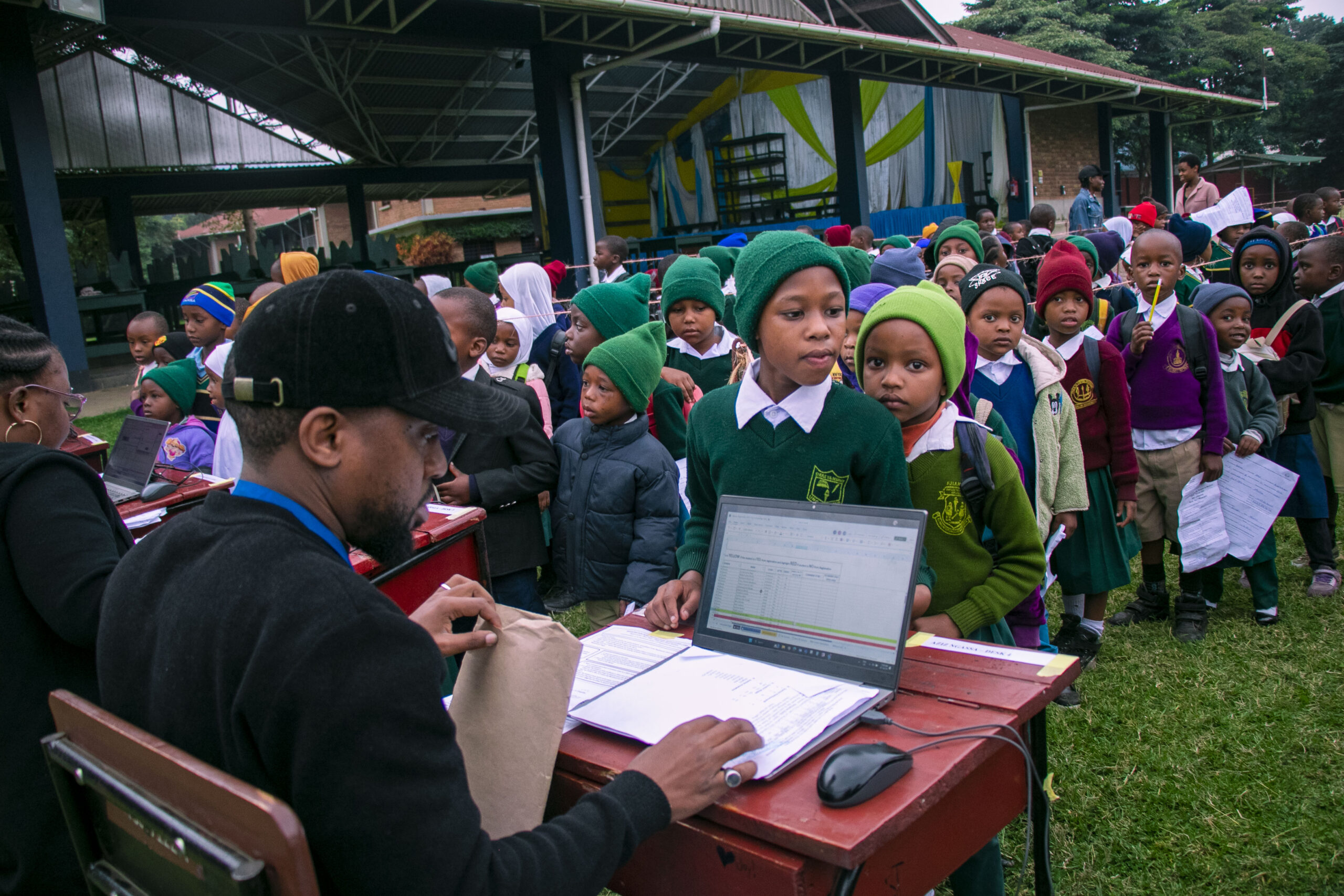
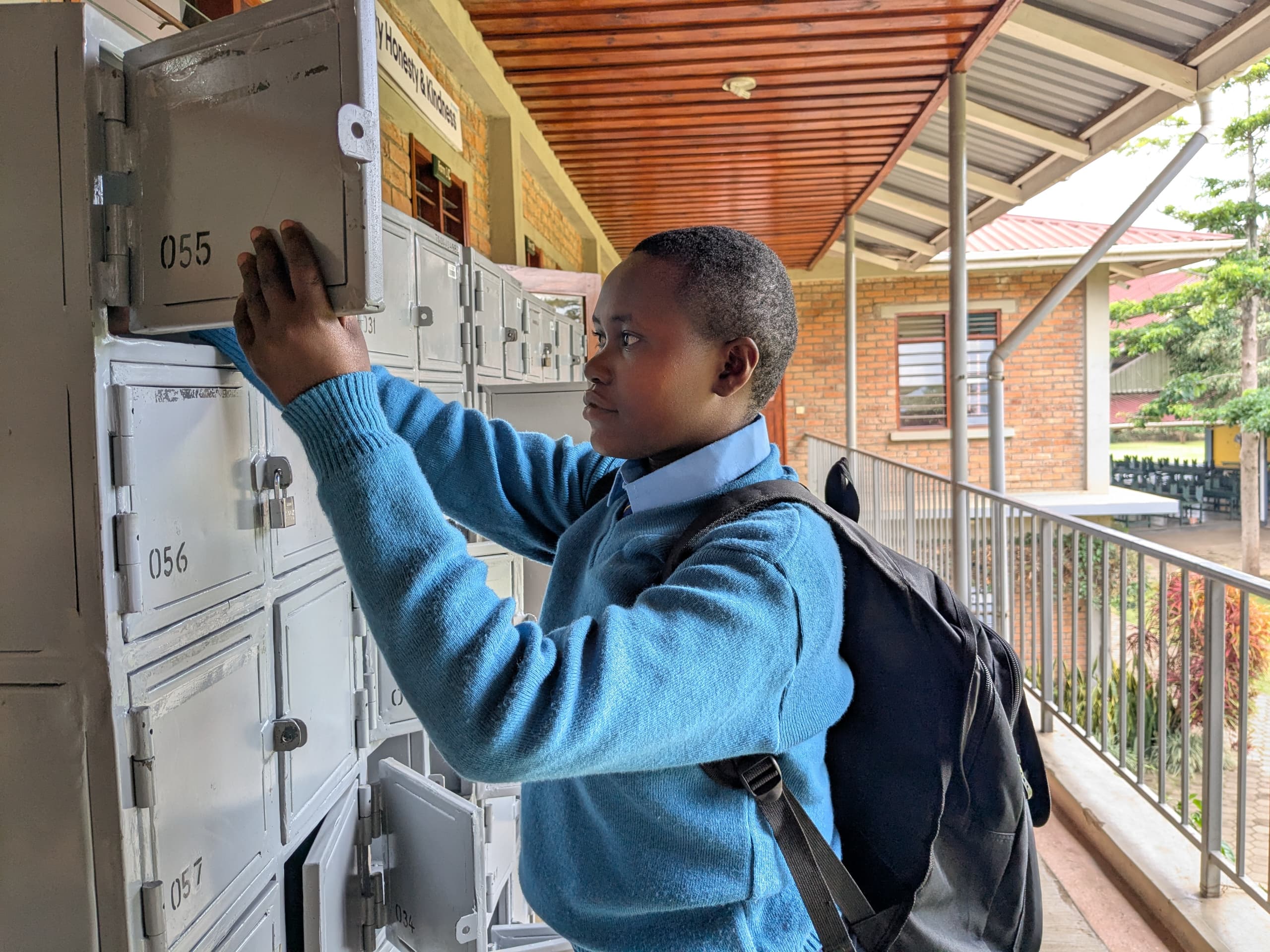

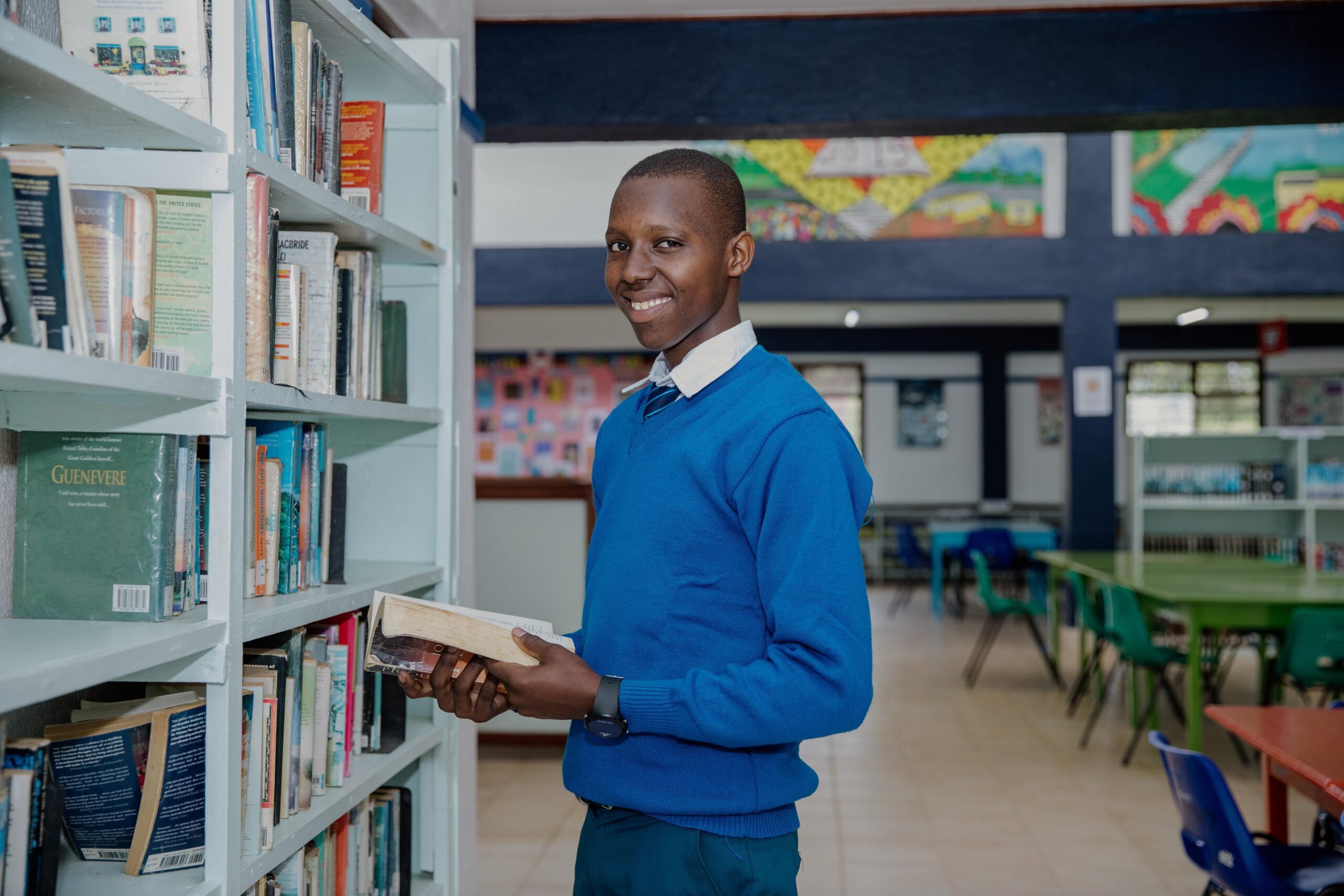
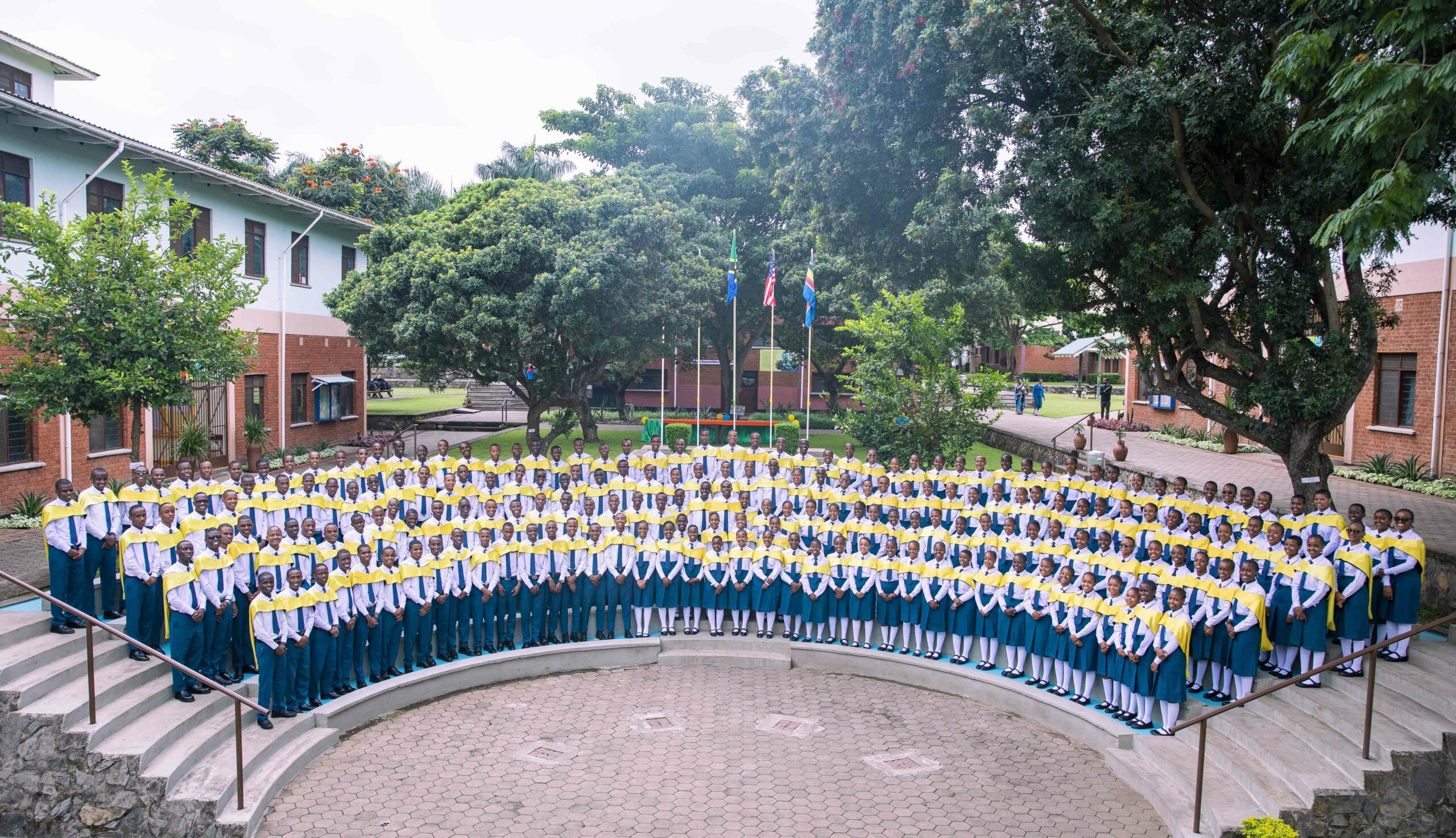
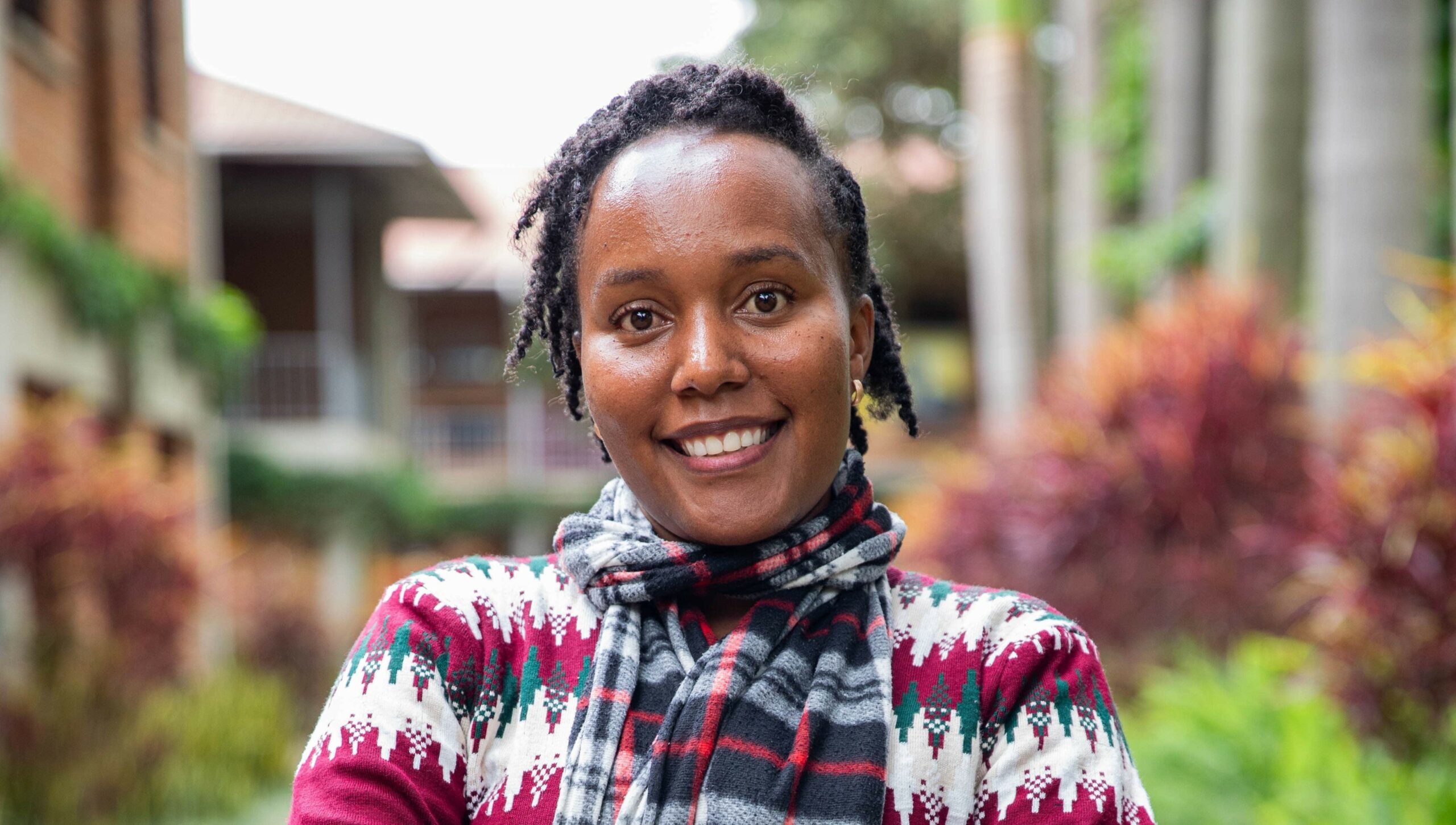
Replies